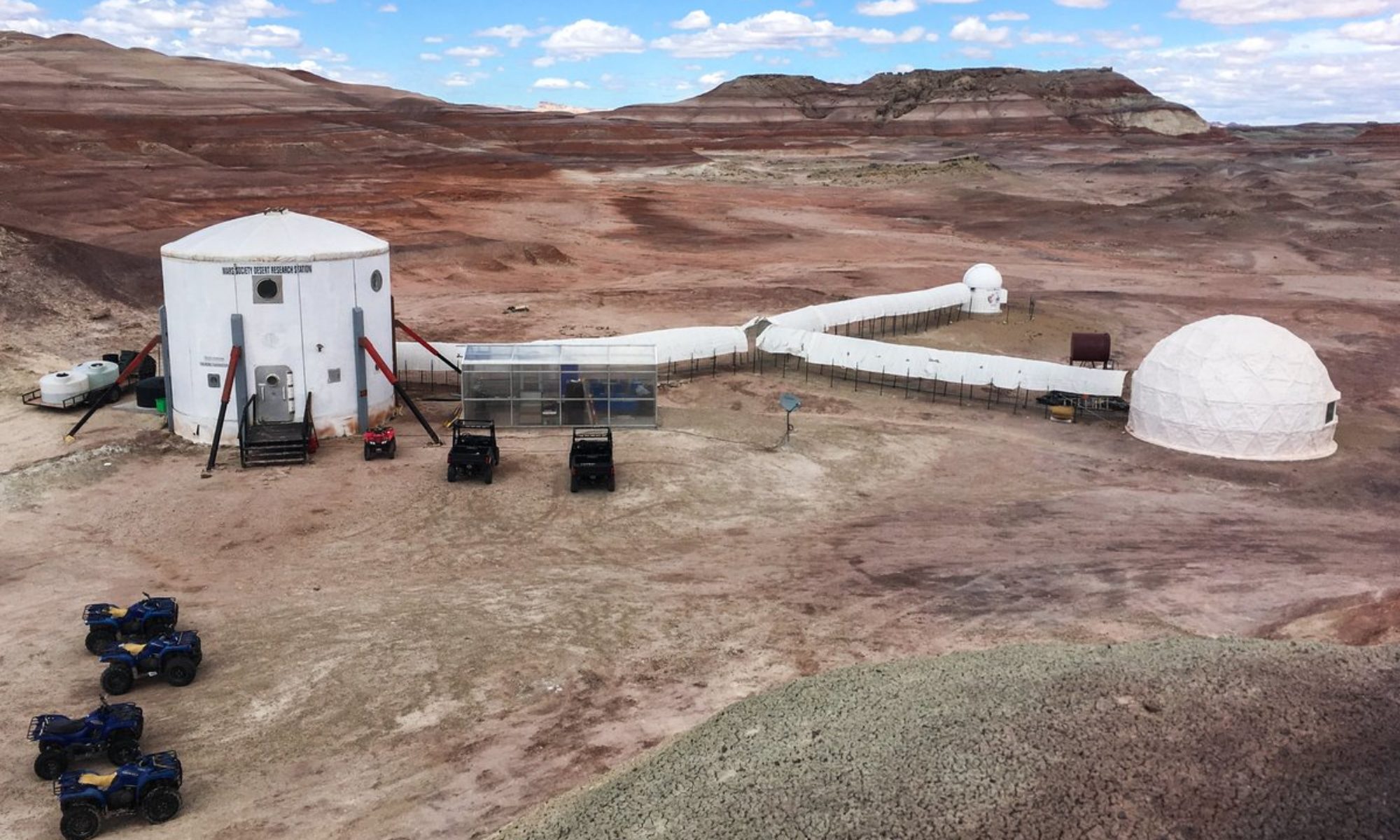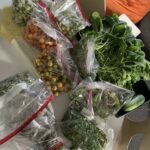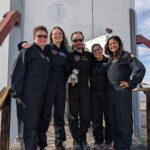[title Supplemental Operations Report – May 28th]
Supplemental Operations Report 28May2023
Name of person filing report: Sergii Iakymov
Reason for Report: Routine.
Non-Nominal Systems: Robotic observatory.
Action taken for non-nominal systems: New parts for Robotic observatory are received and installation is pending.
Power system:
Solar: nominal. All input breakers of MPTT were off this week. After resetting the breaker and solar charger work was normal. Symptoms look like the breakers are overheating. A/C was turned to see if this helped the situation.SOC Last 24 hours: Max 100%; Min 58 %; Avg 76.9%.
VDC Last 24 hours: Max 58.59V; Min 46.59V; Avg 51.39V.Generator run time: not used. Generator hours 3810.3.
Propane Reading Station Tank: 75%
Propane Reading Director Tank: 59%
Propane Reading Intern Tank: 71%
Propane Reading Generator Tank: 72%
Water (Static Tank) – 550 gallons
Water in GreenHab – 152 gallons
Water (Outpost tank) – 360 gallons
Water in Science Dome: 0 gallons
Hab Toilet Tank emptied: Yes
Sojourner rover used: No.
Hours: 191.7
Beginning Charge: 100
Ending Charge: 100
Currently Charging: Yes
Notes on Rovers: All are plugged in, charged.
ATV’s Used: (Honda, 350.1, 350.2, 300): None
Reason for use: n/a
Oil Added? No
ATV Fuel Used: 0 Gals
Ethanol Free Gasoline — 0 Gallons
# Hours the ATVs were Used today: 0
Notes on ATV: All parked at the outpost and awaiting to be taken to service.
HabCar used and why, where? Yes. To Hanksville for supplies to pick up.
Crew Car used and why, where? Yes. To/From Grand Junction by crew.
General notes and comments: Nominal.
Dual Split in Science Dome: A/C is on for 74F.
Summary of Internet: Nominal
Summary of suits and radios: All unplugged, visors covered, all chargers packed in the spare parts box.
EVA COMMS: Chest pack washed and packed in the ziplock bags.
Campus wide inspection, if action taken, what and why: nothing to report
Summary of General Operations: All nominal.
Summary of Hab operations: Kitchen outlets fixed. During inspection it was noticed that the breaker is not all the way in its position. After resetting the breaker and GFCI outlet work is nominal.
Summary of GreenHab Operations: All plants are removed by crew 281 and GreenHab prepared for the off-season.
Summary of SciDome Operations: Nominal.
Summary of any Observatory Issues: New parts for Robotic observatory are received and installation is pending.
Summary of RAM Operations: Nothing to report
Summary of Outpost Operations:
Director’s trailer: Toilets parts with leakage were replaced, current work is nominal. Porch light fell apart and will have to be replaced next season. Kitchen faucet is leaking during movements from time to time.
Summary of Health and Safety Issues: Nominal.
Questions, Concerns, Supplies needed and Requests: Nothing to report

















You must be logged in to post a comment.